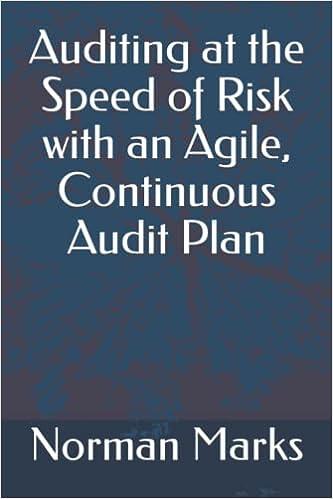Question
. 25 Points (5 points each) K. Tate uses normal absorption job order costing. Factory overhead is applied to production at a budgeted rate based
. 25 Points (5 points each)
K. Tate uses normal absorption job order costing. Factory overhead is applied to production at a budgeted rate based on prime costs. At the end of the period, there was one unfinished job, and $15,000 of direct materials and $60,000 of direct labor has been charged to this job. Their policy is to not prorate any over or under applied overhead amounts. All inventory amounts listed below are AFTER disposition of any over or under applied overhead.
Direct labor = $100,000.
Actual factory overhead was $158,000 for the period.
Beginning balance of stores (direct materials) = $50,000.
Ending balance of stores = $80,000.
Purchased $90,000 of direct materials during period.
Cost of goods manufactured = $250,000.
Ending balance of work in process = $135,000.
Finished goods beg. inventory = $425,000.
Finished goods ending inventory = $270,000.
- Factory overhead applied is:
- The adjusted (after disposing of the over or under applied overhead) ending value of cost of goods sold is:
i
- Assuming actual absorption costing, the ending value of work in process is:
Step by Step Solution
There are 3 Steps involved in it
Step: 1

Get Instant Access to Expert-Tailored Solutions
See step-by-step solutions with expert insights and AI powered tools for academic success
Step: 2

Step: 3

Ace Your Homework with AI
Get the answers you need in no time with our AI-driven, step-by-step assistance
Get Started


